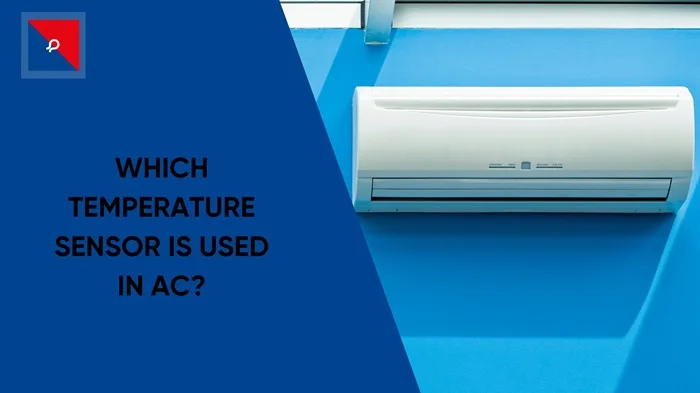
How a Water Heater Temperature Sensor Works: The Hidden Hero Behind Every Hot Shower
How a Water Heater Temperature Sensor Works: The Hidden Hero Behind Every Hot Shower

Ever stepped into the shower, expecting warm water... only to be greeted by an ice-cold slap in the face? Or worse, scalding hot water that feels like lava? That’s not just bad timing—it’s probably your water heater temperature sensor throwing a fit.
Now here’s the thing: that tiny component inside your water heater? It’s doing some serious behind-the-scenes work to make sure your hot water is just right. Not too hot. Not too cold. Just perfect. Kind of like Goldilocks, but for showers.
So, how does it do that? What’s really going on inside that bulky tank on your wall? And why is this sensor so critical, not just for comfort but also for safety and efficiency?
Let’s break it all down. Just real talk about how hot water heater temperature sensors work—and why choosing the right one can make all the difference.
What is a Water Heater Temperature Sensor, Really?
Let’s start simple. A water heater temperature sensor is basically the thermostat’s smarter cousin. It constantly monitors the temperature of the water inside your heater and helps regulate the heating element accordingly.
It’s not just a thermometer—it’s a decision-maker. If the water’s too cold, it tells the system to heat up. Too hot? It shuts it down.
It works like a loop:
- Senses water temperature
- Sends data to the control board
- The control board adjusts the heating
- Process repeats
All this happens silently. Every. Single. Day.
How Does a Hot Water Heater Temperature Sensor Work?
Most temperature sensors in water heaters use NTC thermistors—Negative Temperature Coefficient sensors.
Here’s what that means (no science degree required):
- As the water temperature rises, the resistance of the sensor drops.
- The system reads that change and figures out the actual temperature.
- When the temperature hits the target setpoint, the heating stops.
- If the temperature drops below a certain level again, the heating kicks back in.
It’s simple but genius.
Where Is This Sensor Located?
Usually, it's installed near or inside the water tank, close to the heating element. Some models may have multiple sensors to monitor different zones, especially in larger or more modern heaters.
Why Does It Matter So Much?
Here’s what your hot water heater temperature sensor is actually responsible for:
| Function | Why It Matters |
| Regulating water temperature | Prevents burns and keeps your showers consistent |
| Avoiding overheating | Protects your heating element from damage |
| Energy efficiency | No unnecessary heating = lower electricity bills |
| Safety shutdown | Detects abnormal temperatures and avoids hazards |
| System health monitoring | Triggers error codes and diagnostics if needed |
Basically, it’s the heart of a smart water heating system.
Common Signs Your Temperature Sensor Might Be Failing
How do you know if your water heater temp sensor is throwing tantrums? Look out for:
- Water is too hot or too cold randomly
- Heating takes way too long
- Strange error codes flashing on the display
- Inconsistent performance—some days it’s perfect, some days chaos
If you notice any of the above, it might be time to check (or replace) your water heater temperature sensor.
Why JR Sensors?
At JR Sensors, we manufacture temperature sensors specifically designed for home appliances like water heaters. Our sensors are:
- Calibrated for high accuracy
- Built to handle continuous heat
- Resistant to corrosion and mineral buildup
- Trusted by OEMs across India and abroad
We don’t just sell parts—we help power consistent, safe, and smart temperature control systems.
Quick Tips to Extend the Life of Your Sensor
- Get your water heater serviced regularly
- Use clean water (or filters) to reduce mineral scaling
- Don’t ignore error codes
- Always go for quality-certified components
Final Word: Small Sensor, Big Job
The hot water heater temperature sensor might be a small part of your appliance, but it does a lot of heavy lifting. From regulating heat to preventing scalds and improving energy efficiency, it’s the unsung hero behind every consistent hot shower. Understanding how it works helps you appreciate just how much smart engineering goes into making daily comforts feel effortless.

